Biophilic design: nature in the space
The first category of biophilic design patterns – nature in the space – refers to the presence of real natural elements in a designed space. This includes natural light and ventilation, outdoor views, greenery, water, and more.
Let’s explore…
1. Visual connection with nature
View of natural elements from within a space.
From a design perspective, visual connection with nature can be increased through big windows and fully glazed walls that highlight the view. Adding greenery indoors is another strategy, that goes beyond placing a few potted plants here and there. In the scope of biophilic design, greenery needs to be a cohesive element in the space and include diverse and appropriately selected plant species.
Read more about Visual Connection With Nature
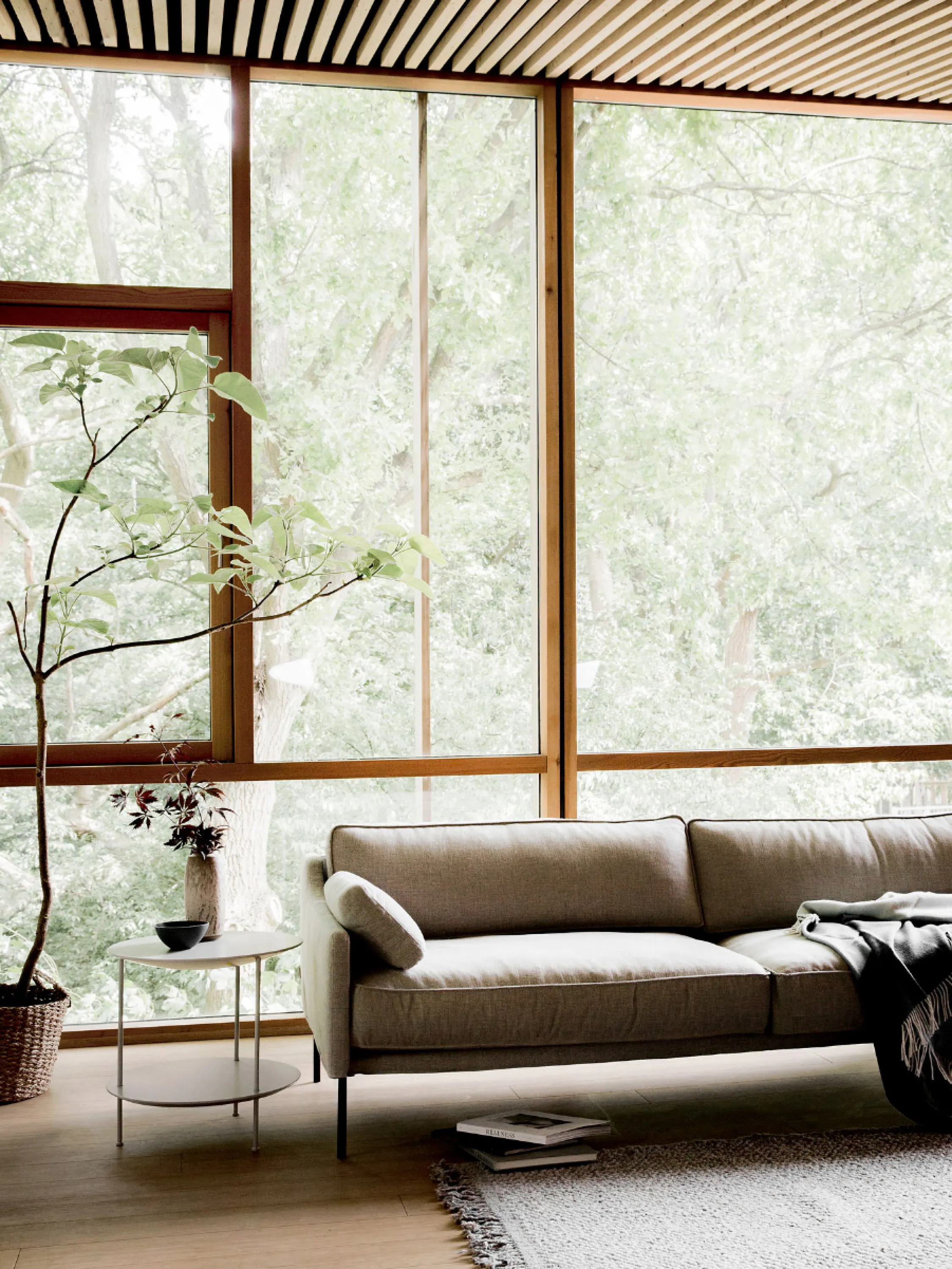
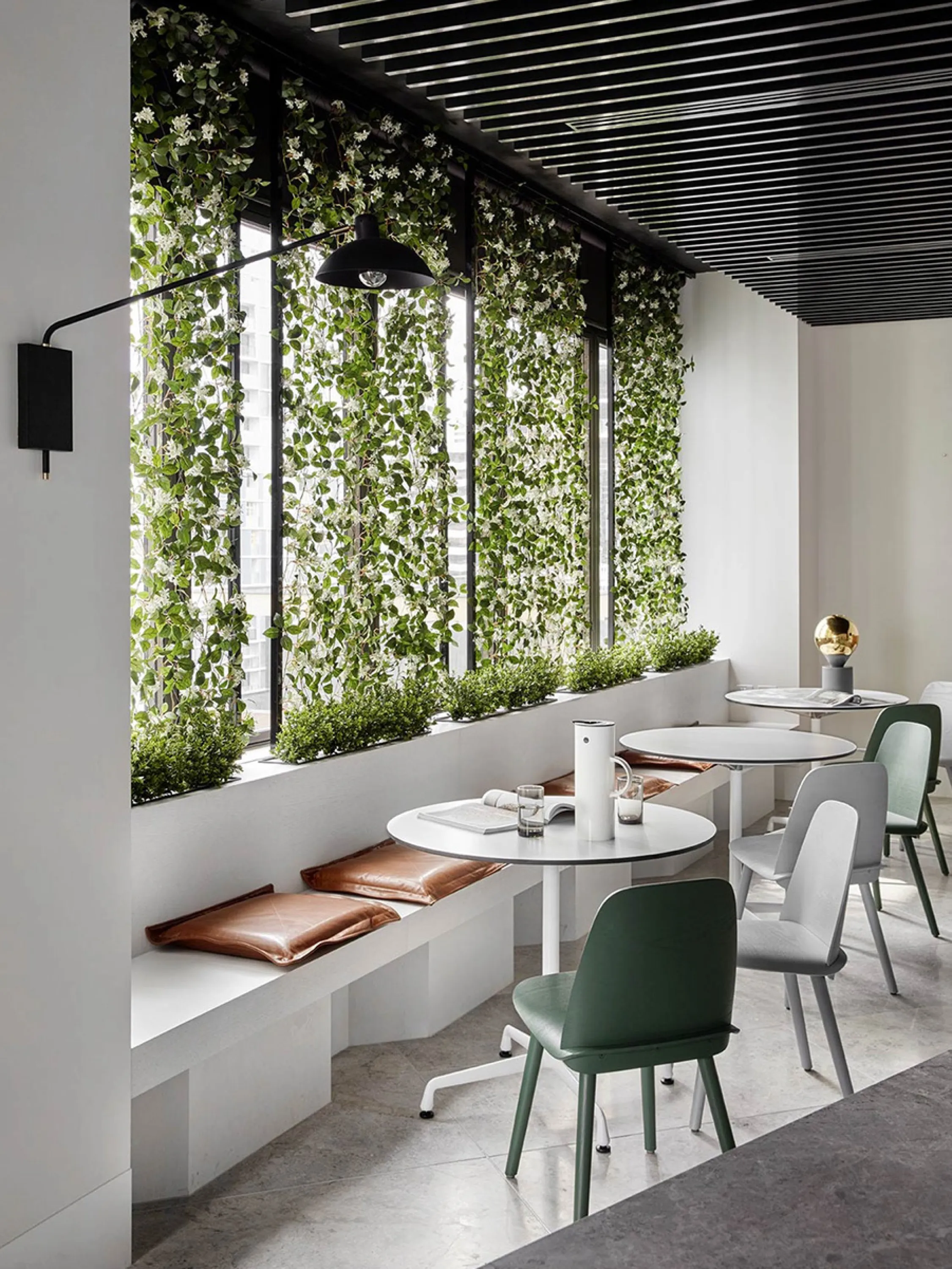
2. Non-visual connection with nature
Interactions with nature through other senses: sound, touch, smell and taste.
This pattern highlights the importance of other senses (besides sight), which are too often undervalued in the design of interiors.
What sounds characterize the space? Does it have an intentional smell? These are questions we often cannot clearly answer. Yet taking all the senses into account in the design would make for a much richer experience of the space.
Biophilic design strategies that incorporate all 5 senses include natural sounds and scents, a variety of touchable natural materials, natural ventilation, and seamless connections between indoor and outdoor spaces.
Read more about Non-Visual Connection With Nature

3. Non-rhythmic sensory stimuli
Unpredictable and non-repetitive movements recalling those happening in nature (birds chirping, leaves moving in a breeze…).
Unpredictable and non-repetitive movements are part of every natural environment: plants attract a variety of birds, insects and butterflies while grass and branches swing casually in the wind.
Such movements subtly draw the eye and are highly restorative for the mind, especially thanks to their irregular nature.
Applying this biophilic pattern by introducing non-repetitive and unexpected movements is a way to make the space more interesting, stimulating and always slightly different.
Read more about Non-Rhythmic Sensory Stimuli

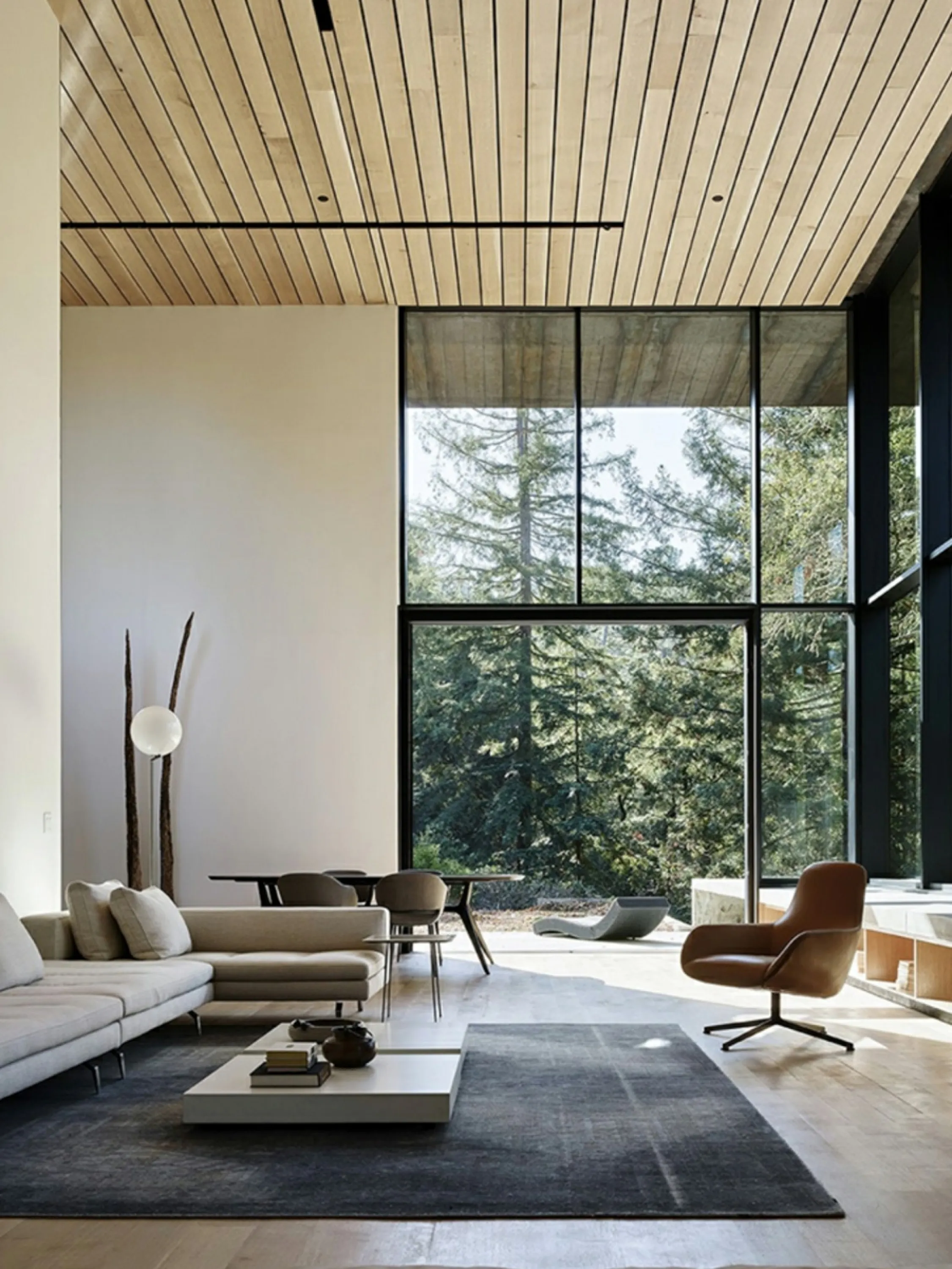
4. Thermal and airflow variability
Variability in air temperature and flow, changes in relative humidity and varying surface temperatures.
Temperature and airflow variations make an indoor space invigorating and alive, like a natural outdoor environment would be.
Incorporating this pattern calls for prioritizing natural ventilation and light, letting the outdoor breeze come in while creating an alternation of sunny and shaded spots. Another way is through materials, as mixing warm and cold materials will introduce interesting temperature variability among the surfaces in the space.
Read more about Thermal & Airflow Variability

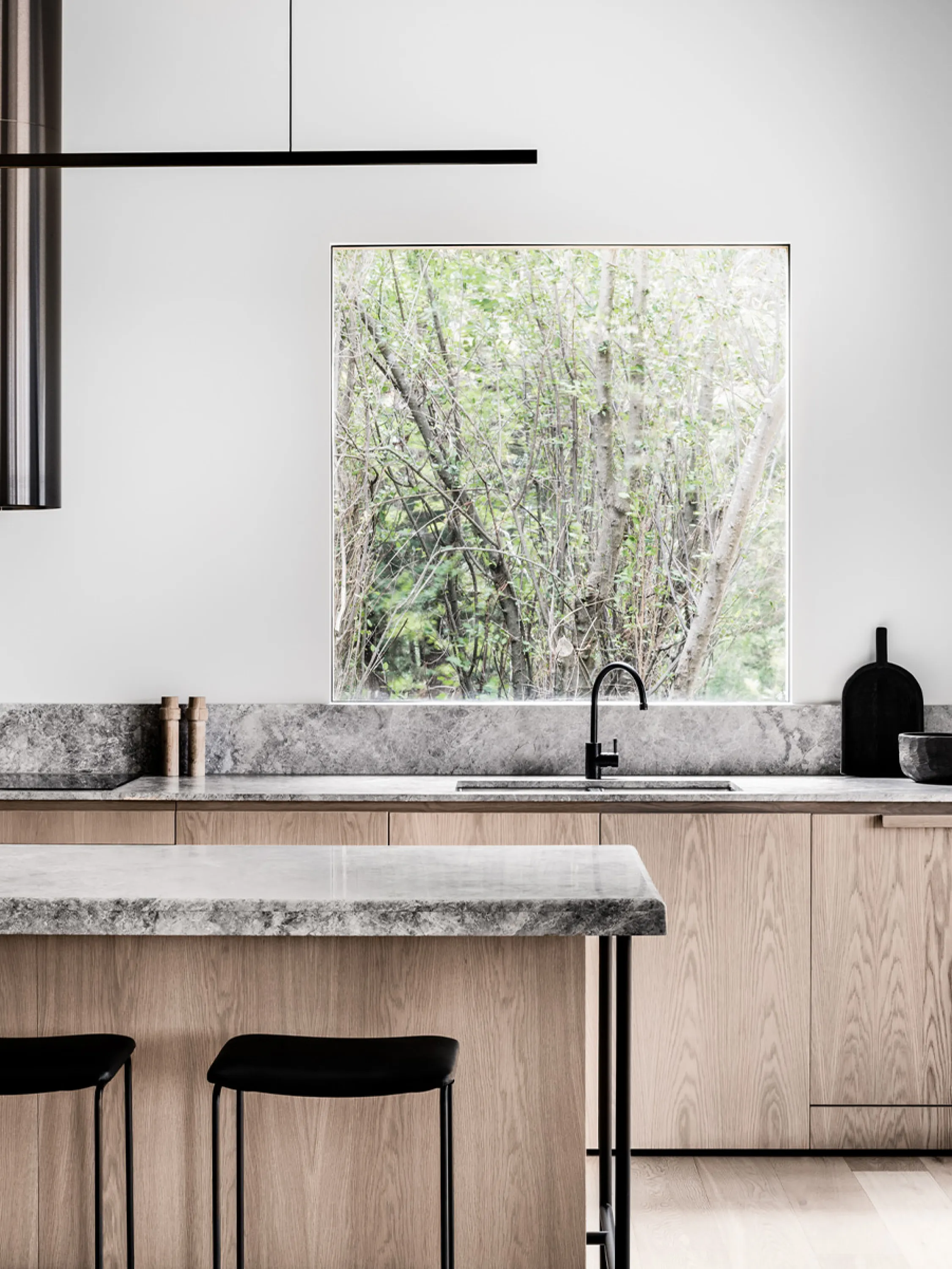
5. Presence of water
Use of water and water-mimicking solutions as design features
Water is a fascinating and deeply restorative biophilic element.
Water has the potential to engage different senses simultaneously: moving water (like a waterfall or fountain) can likely be seen, heard and touched. Worth noting, it doesn’t take a huge amount of it to achieve a multi-sensory stimulation, which makes the use of water features effective even in smaller spaces.
Read more about Water as a design feature
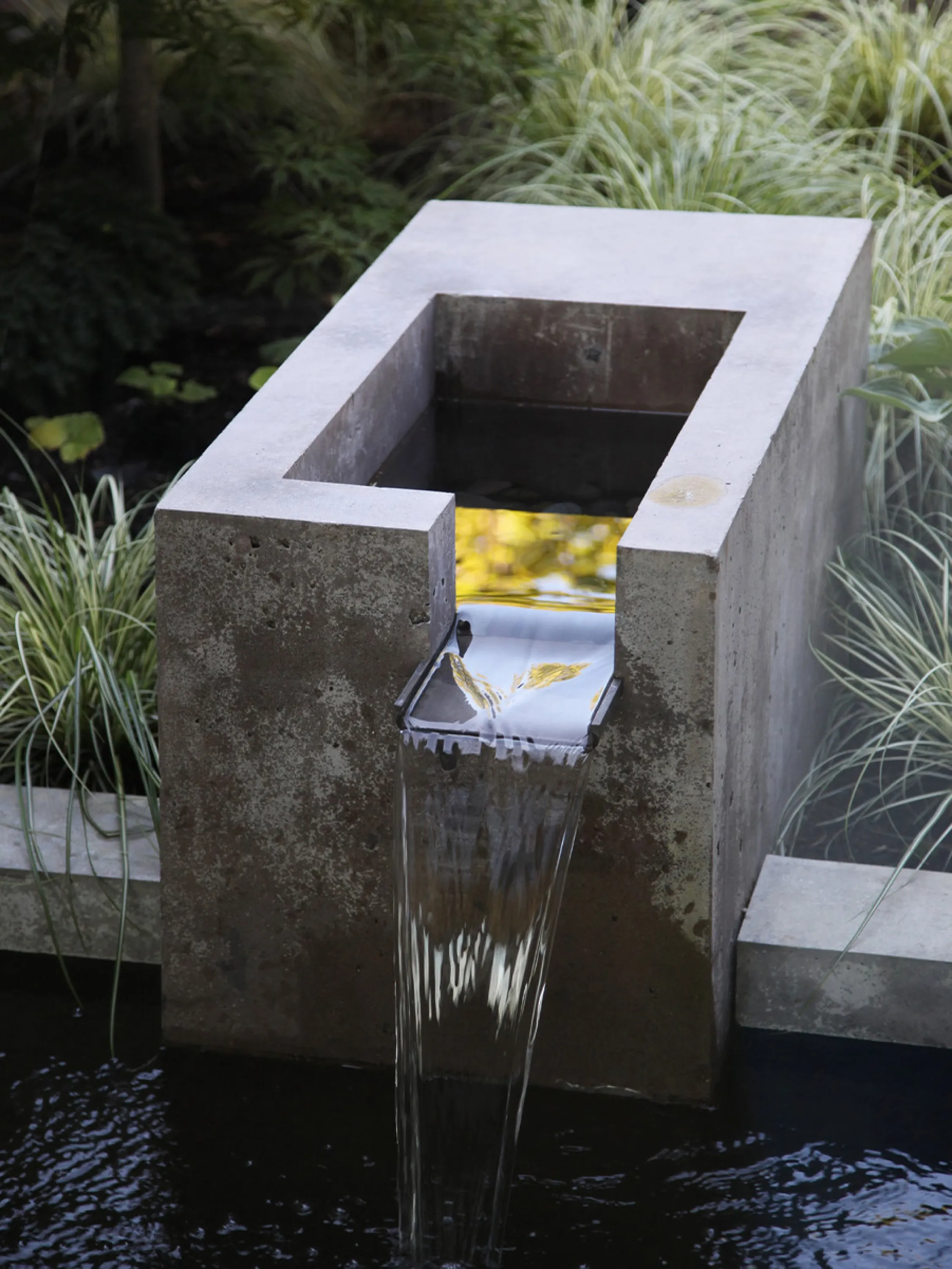
6. Dynamic and diffuse light
Varying lighting intensities and light changes over time evoking the natural cycle of day and night.
In indoor spaces, lighting is usually way more uniform than in nature. A more dynamic lighting setup can be achieved through layered lighting, with a mix of general ambient lighting, task lighting for specific activities, and some accents.
But what’s mostly restorative is the use of artificial lighting to recall the natural variability of sunlight. This takes the name of Human Centric Lighting and has been the focus of the latest innovations in lighting design.
Read more about Dynamic & Diffuse Light
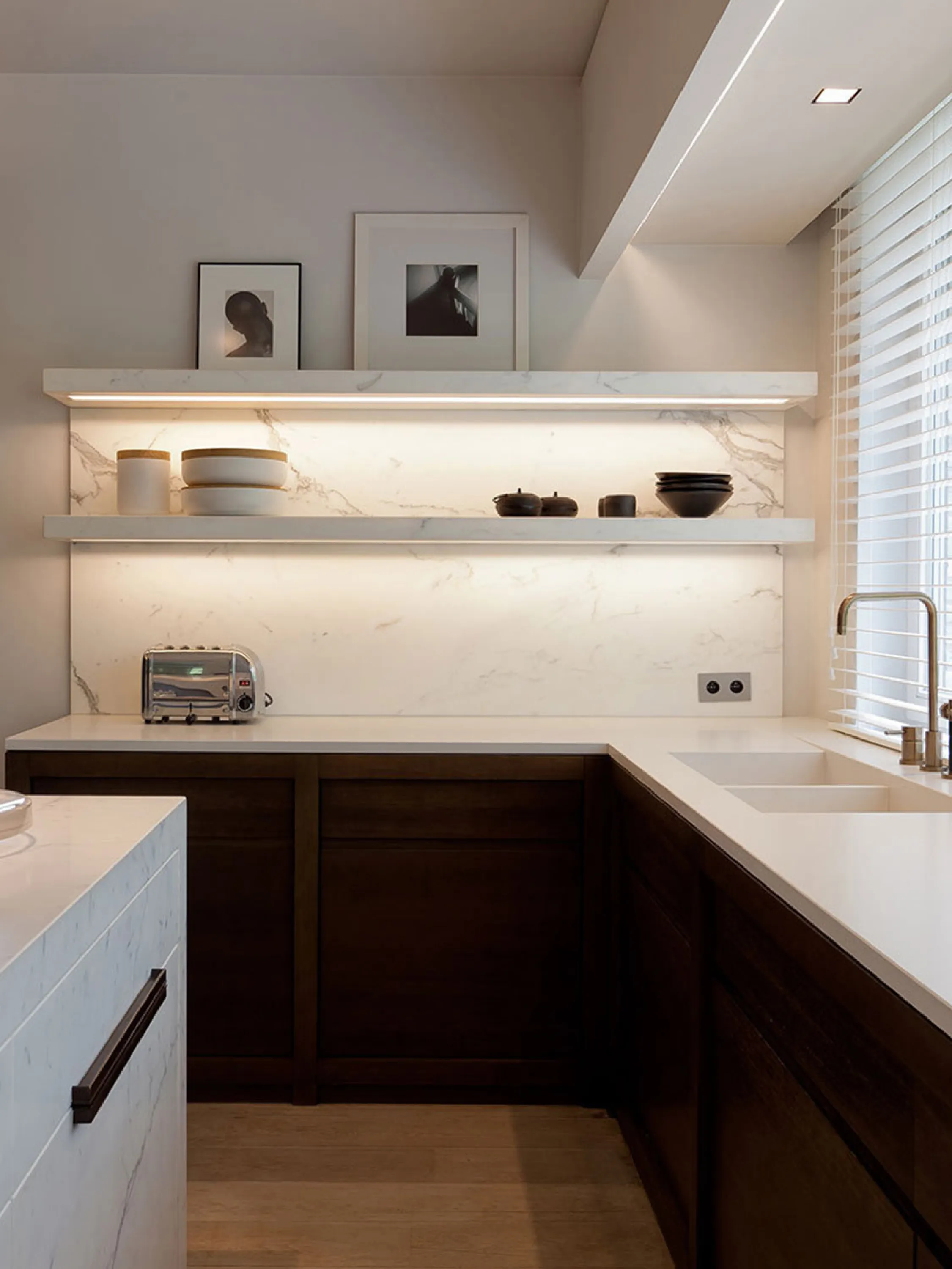
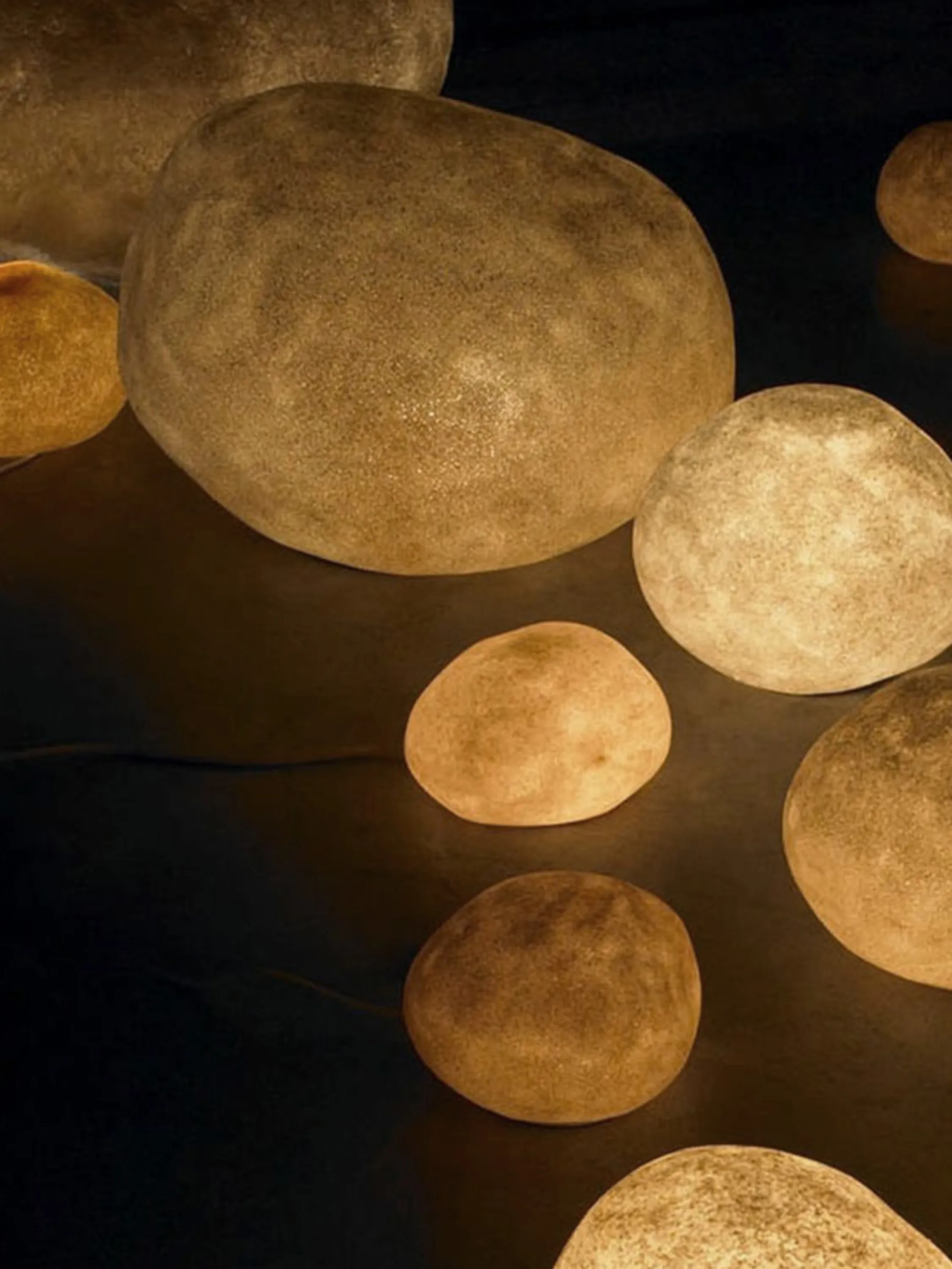
7. Connection with natural systems
Awareness of seasonal and temporal changes stimulated by design solutions.
Spending long hours indoors doesn’t mean becoming detached from what happens outdoors; at least it shouldn’t.
The main way to connect interiors with natural systems is through windows and views. The possibility to see outdoors makes the alternation of day and night visible, it shows changing weather conditions, and makes the passing of seasons evident. Ultimately, it creates a stronger connection with nature.
Read more about Connection With Natural Systems
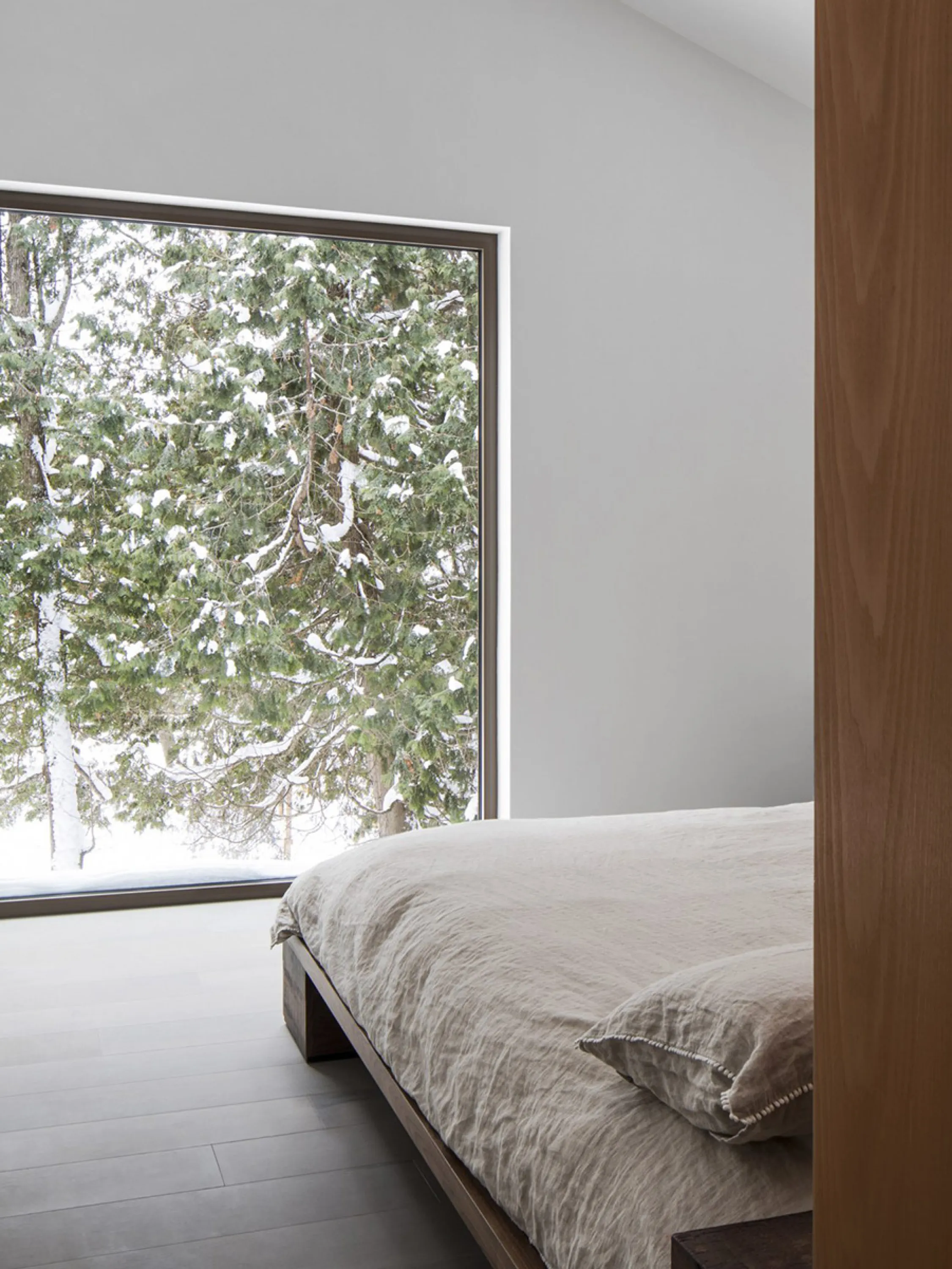
Further resources:
Available in the shop, anooi’s publications explore the nuances of a biophilic ethos, highlight anooi’s perspective on the topic, and cover the studio’s ongoing research in biophilic thinking and design.